The content of the article
Our cuisine is practically not complete without garlic: which CIS country you take - in the north and in the south they use fragrant vegetable with meat, vegetable dishes, sauces, marinades and pickles. Garlic stays fresh all year, retaining its beneficial properties. Therefore, gardeners and summer residents are trying to stock up on useful vegetables for the future and grow a good crop in their area.
Experienced gardeners know that garlic is bred in two ways. In the spring they plant bulbs and get small seedlings by autumn. And in the fall, garlic is planted with teeth for rooting. With such seedlings, large fragrant heads of the vegetable are obtained. But in order to achieve a high-quality crop, it is necessary to carry out preparatory work and fulfill several important requirements, starting from the choice of place, preparation of the land and selection of seedlings, and ending with the proper planting of garlic.
How to choose a place for garlic beds
Garlic is a delicate and sensitive plant. It prefers neutral or alkaline loamy soil and is very whimsical to its “neighbors”. When starting to plant garlic, schedule a place for it in advance. In no case should teeth be planted after tomatoes, potatoes or legumes. This can lead to the development of fungal diseases on the plant. If there are not so many options - the soil will have to be treated with a disinfector and fertilizers.
It is also undesirable to combine a spicy vegetable with onions or to plant a new “layer” of garlic for 2 years in a row. Again, growing garlic in the same place will be possible only after three years, otherwise the crop will be scarce. This is due to what elements the plant stores from the soil and which gives. When the soil "became poorer" after planting. It must be fed with compost, mineral additives, as well as treated with antimicrobial solutions so that new plantings receive enough nutrition and do not hurt. This is the only way to get a quality crop that is healthy.
If possible, garlic is planted on the beds remaining after berry shrubs, lettuce, melons, sweet peppers and other light annual plants. Beans, tomatoes or cabbage can be found nearby. It is undesirable to arrange nearby beds of radishes, beets or carrots - this will negatively affect the harvest of garlic. Although for carrots, garlic will be a good helper: it drives away harmful insects and allows root crops to grow to their full potential.
Garlic really does not like stagnation of water, so it is not worth it to place beds in a lowland with the risk of meltwater convergence or near non-drying rain puddles. However, elevated areas will expose garlic to winds and frosts. Ideally, you need a well-lit island with a smooth relief.
Interesting fact! Periodically renew seedlings is necessary, otherwise the heads will become rough and lose their smell. Once every 3-4 years it is necessary to plant a new seedling in the spring. Harvest in this case receive in the second year. Each time, starting with a bulb is not necessary.
Plant large cloves for the winter to remove fragrant fruits by the summer. You can update seedlings in parts, adding fresh cloves to mature ones, but it is better to plant them in different rows.
When to plant garlic
Seedlings are laid in the autumn cold a month before the frost, but after the thaw. In various regions, this is the period from mid-September to the very end of October. Prepare the beds in advance.
If you plant the garlic too early - it will have time to germinate and the seedlings will deteriorate - greens should not appear until spring, so as not to overthrow under a layer of snow. In this case, the teeth must have time to take root, which means that the temperature of the soil should be about 15 degrees Celsius. In this case, there should no longer be warm rains that stimulate the growth of greenery. The folk calendar offers for planting garlic in a temperate climate in mid-October - before the feast of the Intercession.
How to fertilize the ground for garlic
To prepare the land, compost and ash are used, and they also “deoxidize” the soil with lime or dolomite flour. Manure the beds for garlic does not need to be fertilized, this will lead to seedlings to death. It is better to use manure previously, fertilizing previous plants in spring and summer.
To prepare the land for planting garlic, you need to dig the soil 2 weeks before placing the seedlings. Depth - 1 shovel. Loosened earth is sprinkled with fertilizers and allowed to settle. Use potassium sulfate (2 tablespoons / sq.) And double superphosphate (1 spoon / sq.), Take compost in a bucket for each meter.
The development parameters of the beds are up to 20 cm in height and 1 m in width.
If the seedlings are immediately immersed in the excavated soil, the garlic seeds will go deep into the soil and compacted, after which it will be difficult for them to germinate, which means that the crop will be scarce and small.
To process the soil after the "harmful" predecessors, copper sulfate is prepared. For 2 liters of hot water take 1 tbsp. copper sulfate. The solution is poured into 5 liters per 1 sq.m. Fertilized soil is recommended to cover with a film.
If you do not want to use chemicals to sterilize the soil, the earth can be cleaned naturally. To do this, in mid-August, it is covered with grains of mustard, peas and oats or rye. The distance between seedlings should be about 30 cm. By the time the garlic is planted, the plants give seedlings of 20-30 cm. Garlic is laid between them. The greens remain in the soil as an organic fertilizer, which will rot during the winter and come in handy in the spring, when the garlic starts early to break through the first greens.
How to choose garlic for seedlings
In order for the seedlings to begin and produce a high-quality crop, you need to choose large teeth. From small planting material weak heads of garlic grow. So every year it can become smaller and eventually degenerate.
Dry large heads with solid, solid teeth are selected and separated from each other, setting aside in husks. It is necessary to discard soft, ripe, fused or undeveloped grains, and sterilize the remaining material from pests with manganese, vitriol or calcine in the oven.
Already in March, garlic will show sprouts up to 20 cm and a long growing season will pass. Garlic does not like heat, and grows actively in the spring, picking up juices in greens. When the heat begins, its heads are already ripening, and the greens fade. In the heat, garlic nodules hidden in the ground are nourished with a fragrant spicy aroma and store healing components. That is why garlic greens are cut early in warm weather, and the bulbs are not dug up until the heat drops. Matured saturated slices become fertile seedlings for a good harvest.
Choose varieties with large teeth. In such varieties, even small heads have good seedling material, just 3-4 cloves are formed on one rod, in contrast to standard versions of 6-8 segments. Even if you cannot use such material for seedlings, it will be very useful for you for workpieces. It is much more convenient to peel large cloves of garlic: it is faster and easier to do by hand, and the large format of the vegetable is more suitable for pickles and marinades. I often use such garlic whole, for example, digging it into pilaf or stuffing a bird, while small garlic - not so noblely spicy, but more spicy - has to be crushed or chopped for dishes. Such immature teeth are not at all suitable for seedlings.
How to plant garlic for rooting
Garlic is planted 15 days after digging in, when the earth breathed and was saturated with fertilizers. Make small grooves at intervals of 15 cm. It is recommended to lay a plank in the aisle when disembarking:
- This will help not to trample the newly planted teeth.
- It compacts the soil to protect the garlic from premature germination or freezing.
- Allows you to conveniently measure the distance between the rows.
Some sources suggest deepening the teeth by 30 cm. However, this is a moot point. With such a depth of planting, greenery will be difficult to break out. In snowy winter, a layer of precipitation "wraps" the soil - and the seedlings will not freeze.
5 cm in each groove are loosened and large cloves of garlic are laid one at a time with a distance of 15 cm. After that, it is sprinkled with earth, in which elements of mulch may be present, and left for the winter.
Winter garlic usually stubbornly survives the cold, early blossoms and gives aromatic, large and juicy fruits. You can start digging them up already in the summer - young teeth will be sharper. Late garlic usually has a mild spicy taste and is stored in dried form in stocks throughout the winter.
Video: proper planting of garlic in the fall

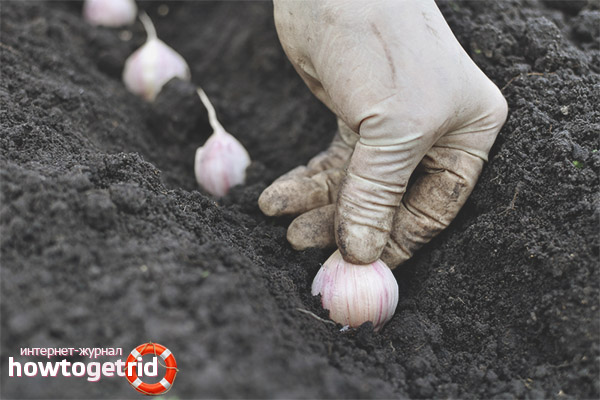
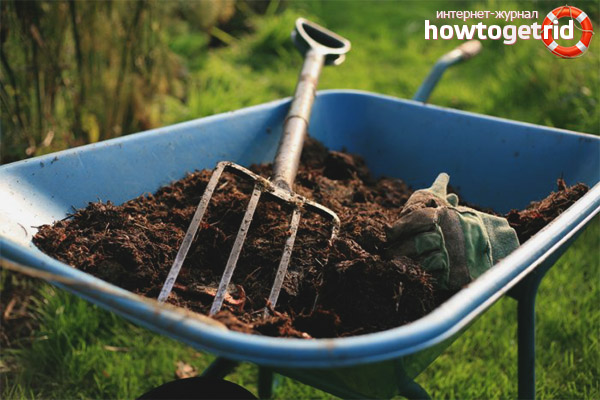
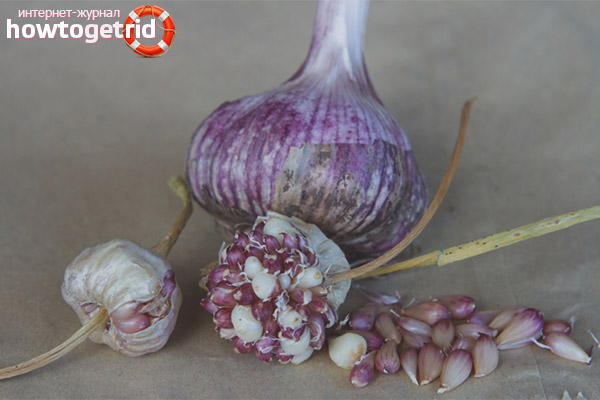
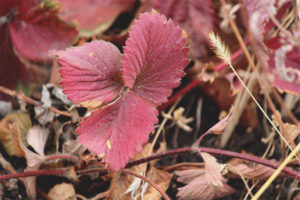
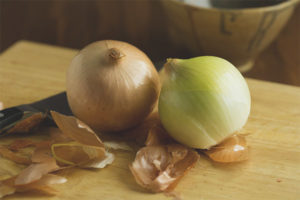

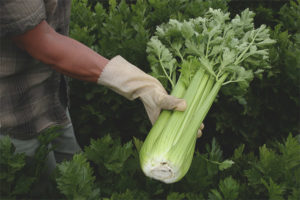

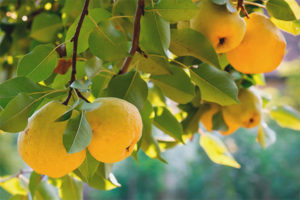
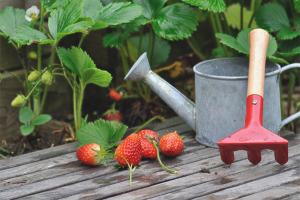
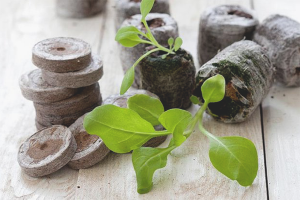
Submit